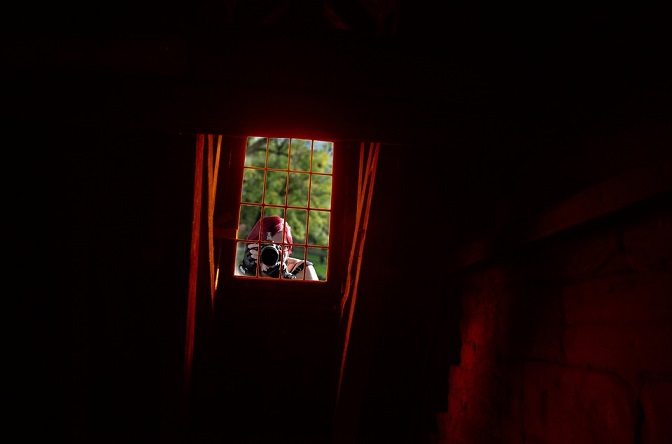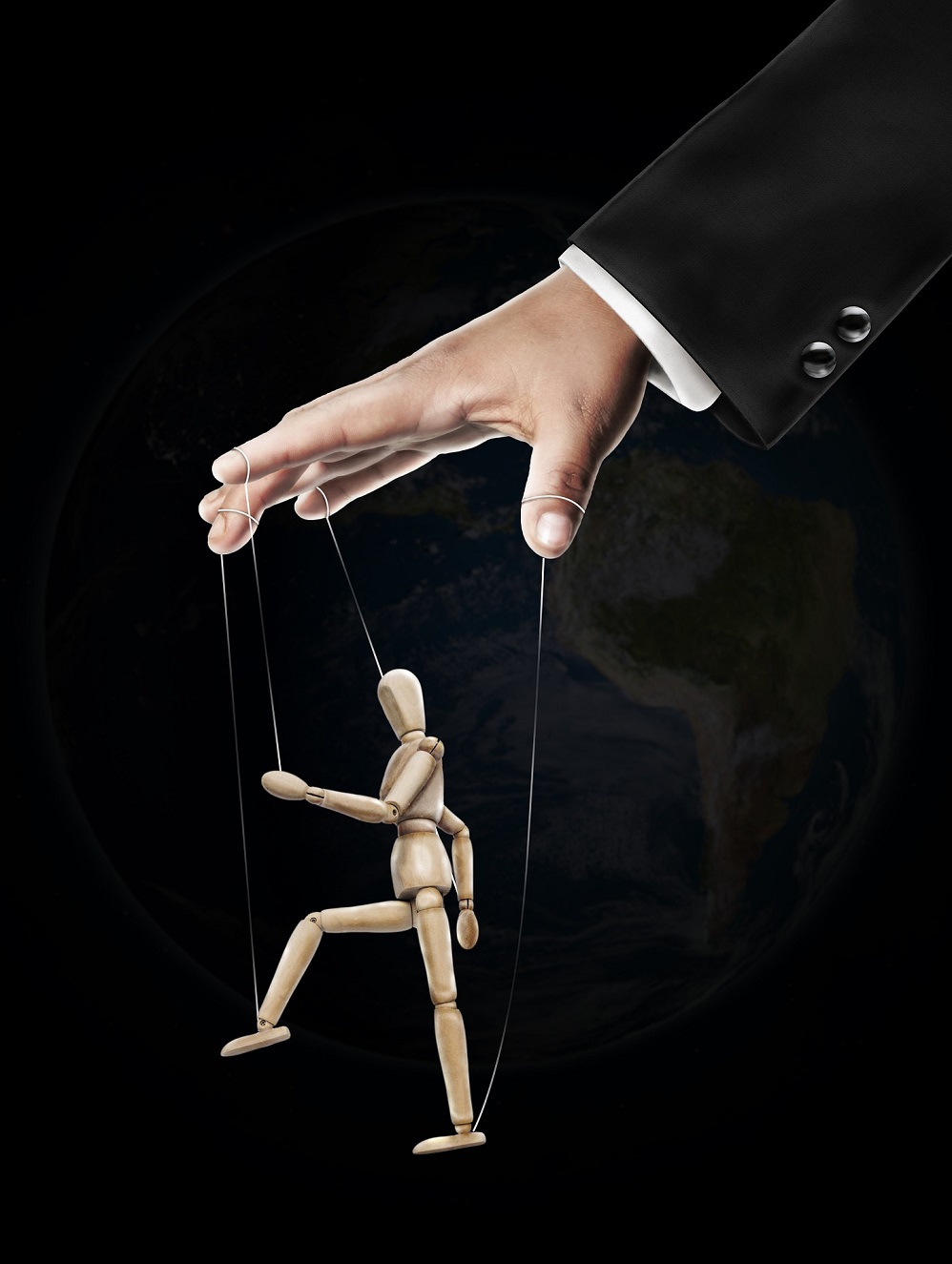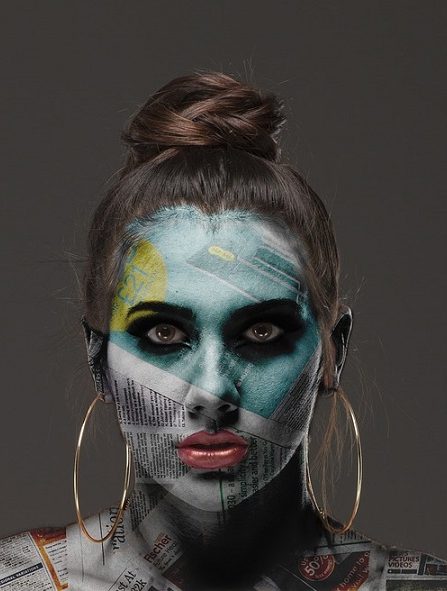The journey of three teenagers riding “the Beast”, the train that leads to the desired future in the United States, is full of risks and is destroying innocence, hope and grand dreams, metre by metre.
 Noelia Ceballos Terrén
Noelia Ceballos Terrén
From his first steps behind a camera 30 years later ago, Diego Quemada-Díez, the Spanish film-maker based in Mexico City, has worked with big names in contemporary art.
He emphasised his influence from British film-maker Ken Loach.
It is realistic, critical and engaged cinema that has inspired him to bring the odyssey that millions of migrants live every day to cross the border into the US to the screen. La Jaula de Oro [The Golden Cage] is his first feature film. His three protagonists Juan, Sara and Chauk bring together more than 600 stories that the director heard over a decade in his travels across the Pacific migratory route, from the border and from US deportation centres.
In a time when helping an immigrant is a criminal offence and when the act of crossing the border turns you into a criminal, Diego Quemada-Díez puts a medal on these “heroes” who face the worst dangers (kidnappings by drug cartels, abuse by immigration police, train accidents, rape). If the viewer changes their understanding of immigrants and sees them as human beings, the film-makers mission is complete.
 How did you come to concentrate the story of these immigrants on three characters?
How did you come to concentrate the story of these immigrants on three characters?
The 600 testimonials from Mexicans and Central Americans are concentrated in these three children. I had made a short film previously, I want to be a pilot, where I concentrated 50 testimonials on the character of one child. This is where I got the idea of this method. To tells stories as a collective testimonial.
What do children have that is special?
I thought of telling the story through children because normally people despise immigrants. Through children you can help to break down these barriers and generate empathy, so that people in the US can feel and say “I would have made this journey if I was in their situation.”
Do you know what these immigrants hope for in the United States?
Many of them have been deported, others have tried to enter multiple times. Four or five, even 20 times, and they have never succeeded. Their desire was to get money to help their family. But many have also told me “If I had known that I could find the same thing in Mexico in the US, I would not have made the journey, or I would have done it differently.” They tell me “I tell this story so that others can understand the situation.”
 In addition to the entertainment function, this film functions so that people in the North think about immigrants differently, see them as human beings. And for the immigrants, the film shows them what they are going to encounter. I am not telling them that they shouldn’t make the journey.
In addition to the entertainment function, this film functions so that people in the North think about immigrants differently, see them as human beings. And for the immigrants, the film shows them what they are going to encounter. I am not telling them that they shouldn’t make the journey.
What continues to push them to try so many times to cross the border?
Most speak of the atrocities in their countries, the violence. They say “They would kill me there, I would rather die trying”. What you can earn in Guatemala or in Mexico multiplies by ten times in the US. But what they don’t know is that everything costs more there. Some people do well, but the price is loneliness, to be away from their culture, in a society where racism is rife.
Are there “bad guys” in this story?
The US and Europe have created circumstances that have forced people to immigrate, and they focus on the criminalisation of migrants and the militarisation of the borders.
This is a post-colonial, economic and problem. Oligarchies from countries that outsource labour are also to blame.
Facing no opposition from authorities as both ejectors and recipients, immigrants are the ones who are doing something from within, to find a solution to the North-South divide. They climb walls and do whatever they must do to hep their families.
But there is a structural problem. While the border is opened to transnational companies, the are closed to people. Immigrants speak a lot about the blame of free-trade and corruption.
 The US is very hypocritical. They have destabilised and destroyed the economies of these countries, and now they have a situation of violence and a brutal lack of opportunities. They continue to free the most dangerous gang members from US prisons, to El Salvador, Honduras, Guatemala and Mexico, where they are made kings.
The US is very hypocritical. They have destabilised and destroyed the economies of these countries, and now they have a situation of violence and a brutal lack of opportunities. They continue to free the most dangerous gang members from US prisons, to El Salvador, Honduras, Guatemala and Mexico, where they are made kings.
One of the biggest obstacles that is shown in this film is the kidnapping of immigrants by drug traffickers.
The US sends weapons that make these countries bleed, and then they buy the drugs. There is a scene in the film when they cross the border and they are all children with rucksacks. Most cartels use them to transport drugs because if they are captured, they are quickly released. So these characters are free. But the more the US focuses on the militarisation of the border, the price of crossing increases. It is now around US$10,000. This make immigrants more and more vulnerable because they are willing to do whatever it takes, even becoming hit men.
But in the end for the protagonists, there doesn’t seem to be any room for hope.
The happy ending is a manipulation that makes you feel like everything will be OK. With a strong and dramatic ending you are saying that something must be done and you stimulate critical thinking. But it’s not that I think there is no hope, on the contrary. Before transformation, things must be seen. Many people have seen La Jaula de Oro and don’t look at immigrant the same.
It has a humanising effect. But a happy ending would have betrayed all the testimony of immigrants who continue to suffer.
What stories are still left to tell?
I tried to take the best of documentary and fiction.
 There are many stories that are not in there, but in a way they are all there, because it is an homage to immigrants. There was a huge amount of stories about strong women that I would have loved to tell. I remember the undocumented immigrants when they saw the film in New York cried and felt like they were the characters in the story.
There are many stories that are not in there, but in a way they are all there, because it is an homage to immigrants. There was a huge amount of stories about strong women that I would have loved to tell. I remember the undocumented immigrants when they saw the film in New York cried and felt like they were the characters in the story.
What dangers face women on this journey?
Most of them have to sleep with a lot of men. I have been told many stories of Immigration Officers that say “If you have sex with me you can all cross”.
Sex has turned into a kind of passport. In fact, the characters in the film hide their feminine identity in order to survive. It is shocking that so many women say “I take the pill because I know I will be raped.”
Do you believe in the power of cinema, to change things?
Yes, sure. This film comes from Italian realism, from English “free cinema”, from Ken Loach. As Tomás Gutiérrez Alea says, film can take on a function beyond entertainment. Entertainment is important, but beyond that it can transform and inspire the viewer. In film we see part of contemporary reality that unites us. This film creates a feeling of union. People who see it, they feel for Juan, for Chauk and for Sara.
 Is the antagonism between Juan and Chauk a critique on the racism within Latin American society?
Is the antagonism between Juan and Chauk a critique on the racism within Latin American society?
Yes. I wanted to talk about the theme of immigration through culture shock.
Western culture through Juan, the mestizo that believes in the US model, and Chauk’s indigenous beliefs. And this shock acted as a tool. It is a commentary on racism not only in the United States, but also within Mexico and Central America. And between Mexicans, indigenous people and people of mixed race. It’s a mess. But the beauty of the film is how we see this too, and at the end Juan gives his life for his friend. The Prisma’ memoirs.
(Translated by Grace Essex: grace.essex@gmail.com) – Photos: Pixabay












.jpg)












